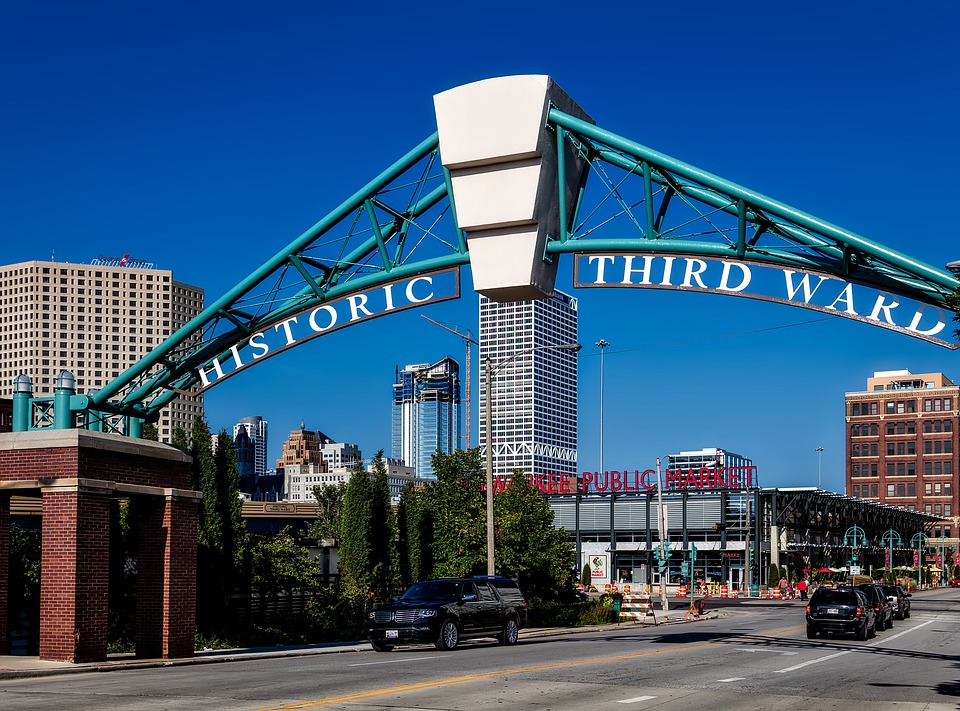Milwaukee is most known for beer and cheese. Did you know that it’s biggest city got the name “Cream City” from brick? The name Cream City comes from a locally sourced brick that helped build the city of Milwaukee during the 1800s. The origin, composition, and influence around the world make Cream City brick an important part of Milwaukee history.
Where did Cream City Brick Come From?
Cream City brick originated along the Menomonee River Valley and Lake Michigan. Terry Pepper’s essay “Cream City Brick: The Brick From Which Milwaukee Got Its Nickname” illustrates that the location made it easily accessible to suburbs surrounding Milwaukee. Cream City Brick made its way across the country before it ceased production in the 1930s. From houses to businesses, Cream City brick birthed the progression of Milwaukee’s industrial ventures for nearly 100 years. You might ask, what makes Cream City brick different from any other brick?
What Makes Cream City Brick Different From Other Brick?
The banks of Lake Michigan and the Menomonee River Valley supplied the red clay with unique properties. The high amounts of sulfur and magnesium mixed with high heat turned the red clay into a cream-colored brick. If you look at the history of brick, it originated in the east over 10,000 years ago and remains as one of the most durable & sustainable building material. Countries took bricks and developed new styles, and the same goes for Milwaukeeans.
While a popular choice and trustworthy for building, there is some debate on how strong the brick was. In an article from WUWM, some builders opted for more traditional brick because it wasn’t as sturdy and had the tendency to turn black due to its high porosity. Debate aside, homeowners and business owners take pride in the preservation of the locally sourced brick.
Are There Buildings That Still Have Cream City Brick?
There are many landmarks in Milwaukee that still bare Cream City brick. The Trinity Evangelical Lutheran Church, located in downtown Milwaukee, was originally made from Cream City brick according to a nomination form for the National Register of Historic Places. The Schlitz Brewery Building Complex hosts a number of buildings that still have Cream City Brick. According to a post from Terry Pepper, the Old Mackinac Point Lighthouse in Mackinaw City, Michigan still bares Cream City brick.
How Cream City Brick Gave Milwaukee A Name
Cream City brick is an essential part of Milwaukee’s history. The brick has a longstanding place in Milwaukee’s development. 100 years after they ceased production, it’s remarkable that buildings are maintaining Cream City bricks presence. If you liked this post check out parts two & three of the history of brick!


